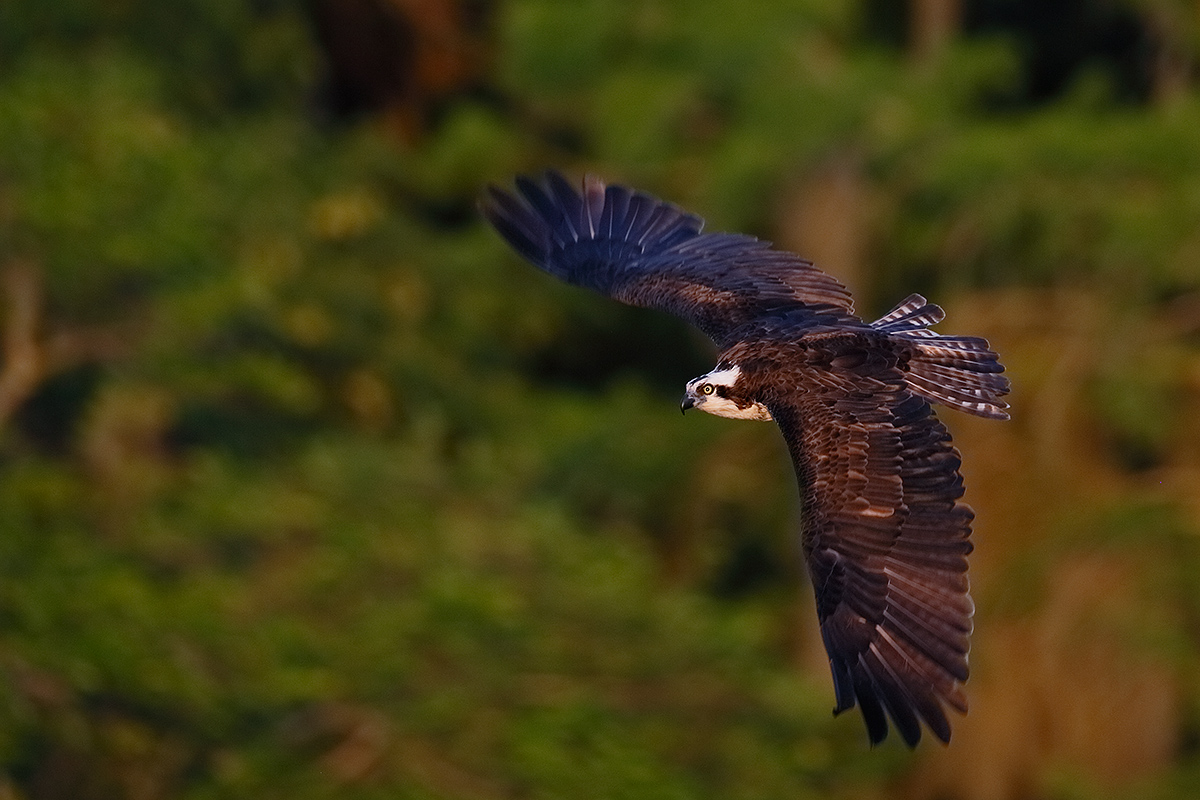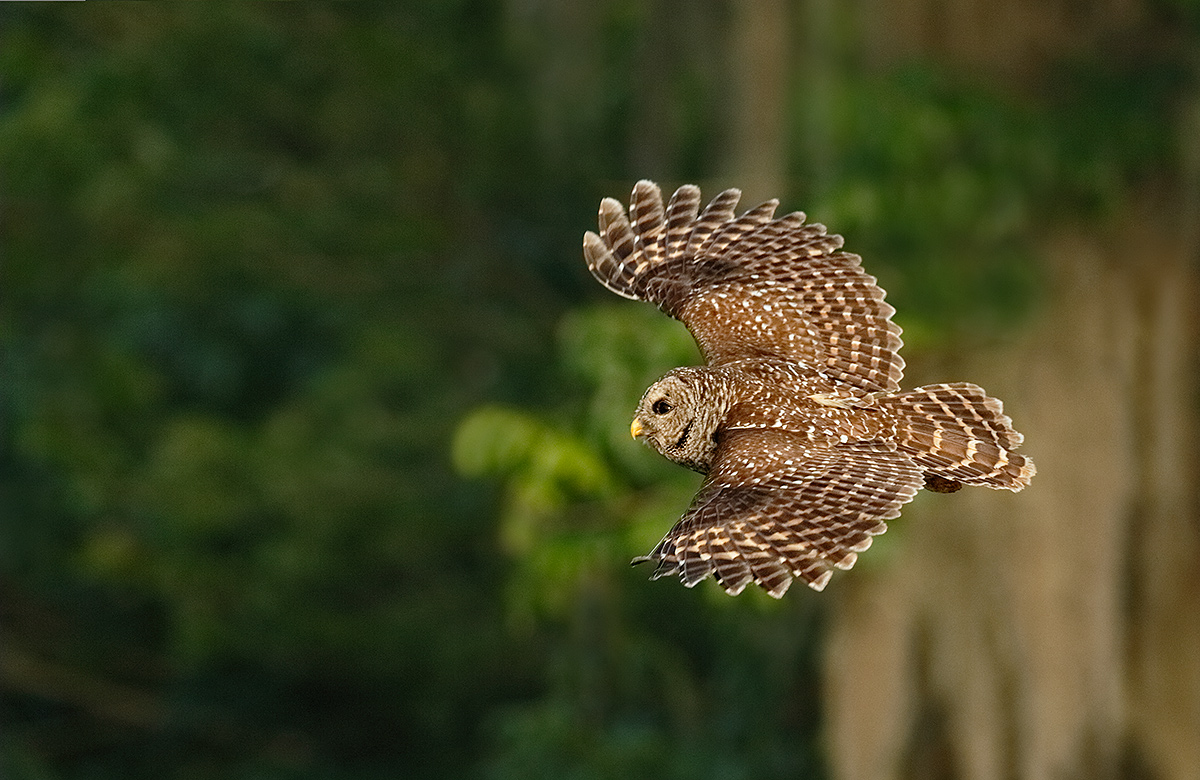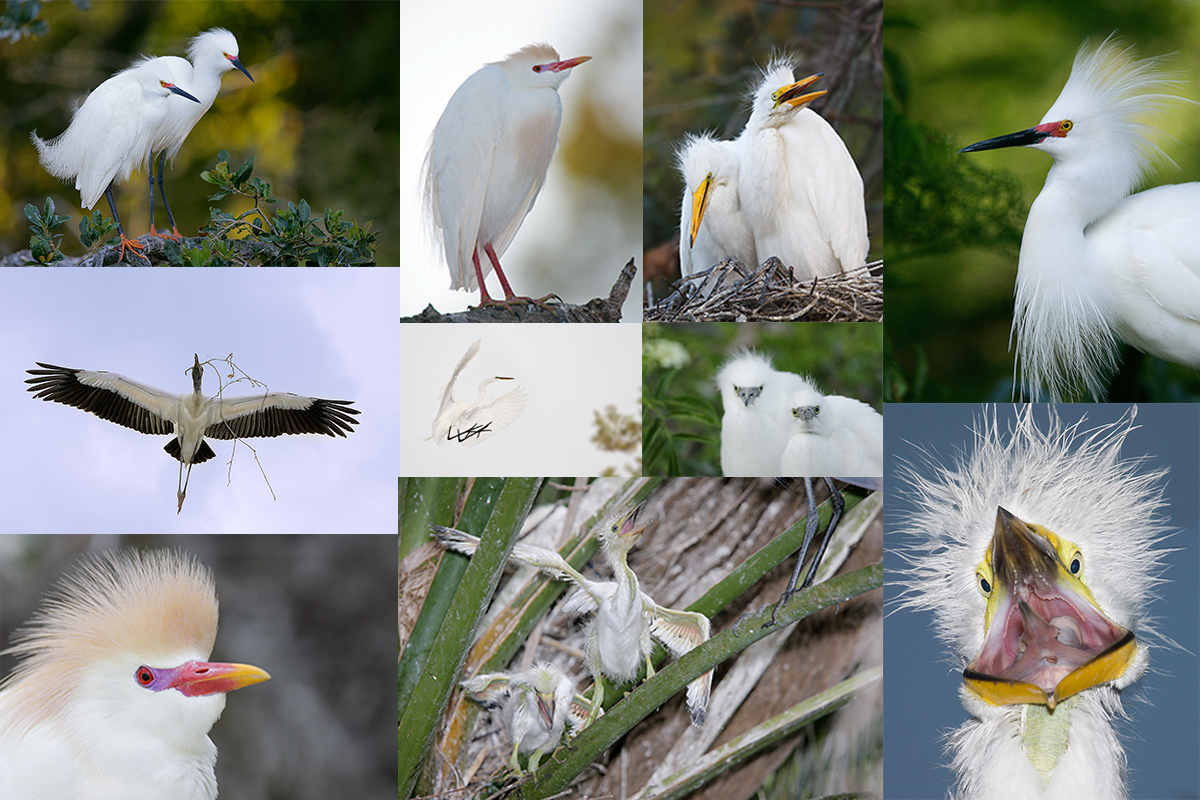The Streak Continues
Well. I am starting to think about packing for my flights to Holland leaving Orlando on Tuesday afternoon and getting into Amsterdam on Wednesday morning. The Holland Tulip IPT begins on Thursday afternoon.
This post marks 136 straight days with a new educational blog post. With so many folks getting in the habit of using our B&H links and our Amazon logo-links why quit now? To show your appreciation for my efforts here, we do ask that you use our the B&H and Amazon affiliate links on the right side of the blog for all of your purchases. Please check the availability of all photographic accessories in the BIRDS AS ART Online Store, especially Gitzo tripods, Wimberley tripod heads, and the like. We sell only what I used, tested, and can depend on. We will not sell you junk. We know what you need to make creating great images easy and fun. And we are always glad to answer your gear questions via e-mail.
You can find the following items in the store: Gitzo tripods, Mongoose M3.6 and Wimberley heads, plates, low feet, and accessories, flash brackets, , Delkin e-film Pro Compact Flash Cards, LensCoat products, and our unique line-up of educational materials including ABP I & II, Digital Basics, Site and Set-up e-Guides, Canon and Nikon Camera Users and AF e-Guides, and MP-4 Photoshop video tutorials among others.
I would of course appreciate your using our B&H affiliate links for all of your major gear, video, and electronic purchases. For the photographic stuff mentioned in the paragraph above we, meaning BAA, would of course greatly appreciate your business. Here is a huge thank you to the many who have been using our links on a regular basis and visiting the BAA Online store as well.
This blog post took 3 1/2 hours to put together. Enjoy!
|
This Osprey top shot was created very late in the day (7:30pm) on a mostly clear afternoon on Lake Blue Cypress on Saturday, April 12. There were five of us aboard Jim Neiger’s pontoon boat. I used the hand held Canon EF 300mm f/2.8L IS II USM lens, the Canon Extender EF 2X III, and the Canon EOS-1D X. ISO 1600. Evaluative metering -1/3 stop off the green vegetation: 1/640 sec. at f/5.6 in Manual mode. AWB. Central Sensor/AI Servo-Surround/Rear Focus AF as originally framed was active at the moment of exposure. The image was cropped from behind and from above. Learn everything there is to know about the 1D X and 5D III AF systems including how to manage the various AF Area Selection Modes, when to use which one, and several ways to move the AF sensor around in my 1D X AF Guide and the 5D Mark III User’s Guide. Click here to see the latest version of the Rear Focus Tutorial. Click on the image to see a larger version. . |
The Story
On Saturday afternoon, after three great flight photography sessions while hand holding the Canon EF 200-400mm f/4L IS USM lens with Internal 1.4x Extender the muscles along the back of my neck and shoulders ached. Actually, I was totally beat by the end of Friday, the first of the two days on Jim Neiger’s pontoon boat. And Saturday morning was by far the best osprey flight photography session that I have ever enjoyed.
Clear and sunny conditions on Saturday afternoon featured very little in the way of flight photography as a strong east wind resulted in all the birds flying and landing away from us and away from the light. With wind against sun sometimes you need to lie down on the bottom of the boat and take a nap. And that is exactly what I did. By 6:30pm the wind had abated a bit and Jim took us to a nice sheltered spot with Osprey and Barred Owl. We had seen a Barn Owl there on Friday afternoon. It was a first-ever Florida sighting for both Jim and me. And even more amazingly, the Barn Owl was attacked by a Barred Owl. On Saturday afternoon we saw the area Peregrine attack one of the Barred Owls. At one point the Peregrine flared right in front of us offering a killer photo opportunity. As nobody had seen it coming only Jim Neiger got a frame, but that only after the bird had turned away. In retrospect we all agreed that the handsome falcon had magically appeared out of nowhere.
|
This Barred Owl top shot was created late in the day (6:45pm) on a mostly clear afternoon on Lake Blue Cypress on Saturday, April 12 aboard Jim Neiger’s pontoon boat. I used the hand held Canon EF 300mm f/2.8L IS II USM lens, the Canon Extender EF 2X III, and the Canon EOS-1D X. ISO 1600. Evaluative metering – about 1 1/3s stop off the green vegetation: 1/1600 sec. at f/6.3 in Manual mode was a large underexposure error. DPP did a nice job of controlling the noise in the dark areas. AWB. Central Sensor/AI Servo-Surround/Rear Focus AF on the base of the owl’s tail as originally framed was active at the moment of exposure. The image was cropped from behind and from above and below. Learn everything there is to know about the 1D X and 5D III AF systems including how to manage the various AF Area Selection Modes, when to use which one, and several ways to move the AF sensor around in my 1D X AF Guide and the 5D Mark III User’s Guide. Click here to see the latest version of the Rear Focus Tutorial. Click on the image to see a larger version. . |
The Canon 300mm f/2.8L IS II/2X III/1D X: An Unexpectedly Viable Rig for Hand Held Flight Photography
In any case, by Saturday afternoon I was too tired to even think about lifting the 200-400. I did have the 300mm f/2.8L IS along and remembering the success that Denise Ippolito had had with that combo in Japan, I grabbed it and one of my 2X III TCs and went to work. At 5.19 pounds, the 300 II is 2.79 lbs. lighter than the 7.98 pound 200-400 zoom. Thus, hand holding it for flight was a dream; seemingly light as a feather it was much easier for me to acquire the bird in the frame and to keep the image properly framed.
Initial focusing acquisition with the 1D X was very fast as would be expected with any pro body. The speed of Initial focusing acquisition, however, would not be as fast with a 5D III or a 7D as the battery voltage is lower with the pro-sumer bodies. Even with two batteries in the vertical grip the situation would not improve as the camera uses only one battery at a time. AF tracking was accurate, and, as you can see here, image sharpness was excellent. This due in to the 300 II’s great 4-stop IS system and in part to the superb sharpness of the prime lens. As most of my flight images with the 200-400 were made at 560mm I will in the future turn to the 300 II/2X III/1D X combination more often for flight photography especially when the need for reach is paramount.
|
All of the images created at the St. Augustine Alligator Farm and copyright Arthur Morris/BIRDS AS ART From top left clockwise to center: Snowy Egret pair in breeding plumage, breeding plumage Cattle Egret with fill flash, large Great Egret chicks in the nest, killer breeding plumage Snowy Egret displaying, flash-as-main light Great Egret chick happy to see mom, Little Blue Heron chicks, Cattle Egret breeding plumage head portrait, flash flight Wood Stork with nesting material, Great Egret landing at the nest, large Snowy Egret chicks. Click on the image to enjoy a larger version. |
St. Augustine Alligator Farm Short-Notice IPT. 3-FULL DAYS. Early entry/Late stay. May 5-7, 2014. Meet and greet at 8pm on Sunday May 4: $1299. Two Great Leaders: Arthur Morris and Denise Ippolito
This trip needs four to run.
Breeding herons, egrets, and Wood Storks. Eggs and chicks in the nest. Some fledged young possible. Breeding behaviors including displaying and copulations. Flight and flash flight. Great Egret, Snowy Egret, Little Blue Heron, Cattle Egret, Tricolored Heron, Wood Stork. Early May rocks at the Farm as the weather is usually gorgeous and there should be lots of both small and large chicks in the nest. And you avoid the possibly oppressive heat of June and July.
Includes in-the-field instruction, early entry, late stay, $5/person late-stay gratuity, informal, small group Photoshop and image review sessions. Three lunches.
Not included: your lodging, your St. Augustine Alligator Farm photographer’s pass ($79.95 for the year); we will be more than glad to pre-order your pass for you. Please let us know when you register.
What you will learn:
How to see the good situations.
How to best avoid the clutter of a rookery by choosing the very best perspective.
How to properly evaluate the histogram and come up with the right exposure every time after making a single test exposure
How to see and understand the light.
How to design pleasing images by mastering your camera’s AF system.
Why you must work in Manual mode 95% of the time when photographing at a rookery and how to do it.
How to evaluate and process your images.
Via intensive instruction how to use fill flash flash as main light, and Manual flash.
Flash flight techniques including the necessary use of high speed sync.
And tons more.
Please call Jim or Jen at 863-692-0906 to hold your spot with your non-refundable $299 credit card deposit and then put your check in the mail along with your signed registration form; you can find the form here.
Suitable airports: Jacksonville (JAX), Daytona Beach (DAB), Orlando MCO).
We look forward to seeing you in the nation’s oldest city for three days of fun and learning.
Note: Folks interested in possibly continuing on to Fort DeSoto–great in spring, are invited to shoot me an e-mail.
Support the BAA Blog. Support the BAA Bulletins: Shop B&H here!
We want and need to keep providing you with the latest free information, photography and Photoshop lessons, and all manner of related information. Show your appreciation by making your purchases immediately after clicking on any of our B&H or Amazon Affiliate links in this blog post. Remember, B&H ain’t just photography!
….. …..
Typos
In all blog posts and Bulletins, feel free to e-mail or to leave a comment regarding any typos, wrong words, misspellings, omissions, or grammatical errors. Just be right. 🙂

















I think its safe to say you can turn anything into a viable rig for anything bird photography 🙂
Doug
Thanks Doug. artie
Hey Artie,
Loved the Barred Owl shot!!
Looking forward to Keukenhof!
See you soon.
Jim
See you at the hotel. Or catch me getting off the plane and you can hitch a ride to the hotel with me instead of taking the shuttle.
I can’t wait to see this years display at Keukenhof!!
I’m looking forward to working with you Jim 🙂
Hi, Artie. Wonderful shots of course. I’m wondering how the 500 f/4L IS II would have compared with the 300 f/2.8L IS II plus 2X TC III combo in terms of weight and focus speed. Obviously a bit less reach.
With or without the 2X III TC on the 500???
Without. Thanks.
Then the focal length advantage goes to the 300 II/2X III TC. Focusing speed would be a slight edge to the 500 alone. With a 1.4X on the 500 and a 2X III on the 300 II they would be about equal with a 1D X. Otherwise not sure but likely edge to the 500….
Thank you for reminding us of the 300mm f/2.8. This wonderful prime sits in the middle of the 200-400 range, weighs much less as you indicated, and weighs much less on the wallet when you acquire it. The additional light it allows in gives you much more flexibility for in-flight photography where pushing ISO is always an issue. I know you love the 200-400 and your 600 for in-flight photography but I wonder if the 300 f/2.8 and a 500 with a passel of extenders would be more viable if hand hold weight, cost, and ease of travel were of primary concern? Thanks for your daily blog, although time consuming for you, they are what I wake-up to 🙂
Hi John, You are welcome and of course, yes. Do understand the the 300 II and the 200-400 are simply different tools. For the Galapagos, Africa, and the Southern Ocean trips I would not be without my 200-400. But I will be using the 300 II/2X II/1D X combo for hand held seabird flight photography from the ship. artie
Wow Artie.. That 300/2.8… hand held.. with a 2x… You rock!! …and so does this lens..
I must admit I have been hearing the “sirens” whispering to me on this….
How does your BG fair with this combo… or the 1.4x… ? These BG don’t look as blurred as some of your shots…
Do you still get the same subtle soft BG as you would with a “bigger” lens?
I just checked with the DOF Master… and it implies a focal length is a focal length.. whether it is in the lens or a teleconverter
How important is the 1D X vs my 5Dlll?
Love the Ospreys… and that I live on Osprey Drive!!
and… Thank you for another terrific day of shooting and learning out at Gatorland last week…
If both are at f/5.6 the 600 and the 300 II/2X III will yield the same d-o-f. The main factor in the amount of blurring is the distance from subject to the BKGR. The 5D III will not acquire focus as fast at the 1D X when used with either TC. And of course for flight the 1D X frame rate is unsurpassed.
That said Aaron Chandler used the 600 II/5D III combo hand held for Ospreys on Saturday with great success.
I have a 300 f2.8 lens and a EF 2X II Extender but I have never tried it for flight photography. Will the 2X II work about as well as the 2X III?
Thanks for the information.
Hi Robert,
I’m sure Artie will chime in here but I did want to share my experience with the older teleconvertor and the new 300mm lens. I found that when I upgraded to the new 2X III with the newer 300mm lens that the images appeared much sharper.
Thanks Lady D. And correct. The 2X III is sharper edge to edge and the 2X III is able to communicate better with the Series II super-telephoto lenses including the 300 II.